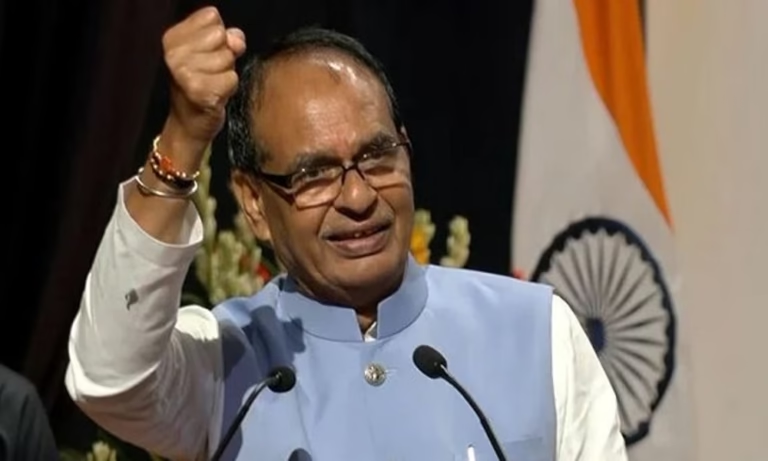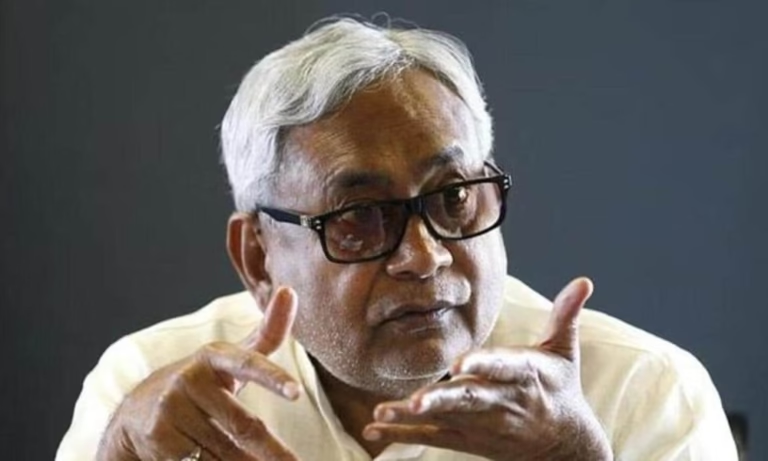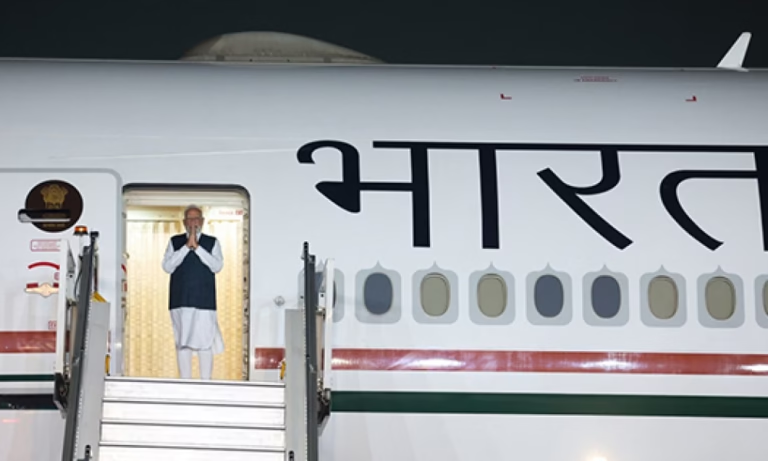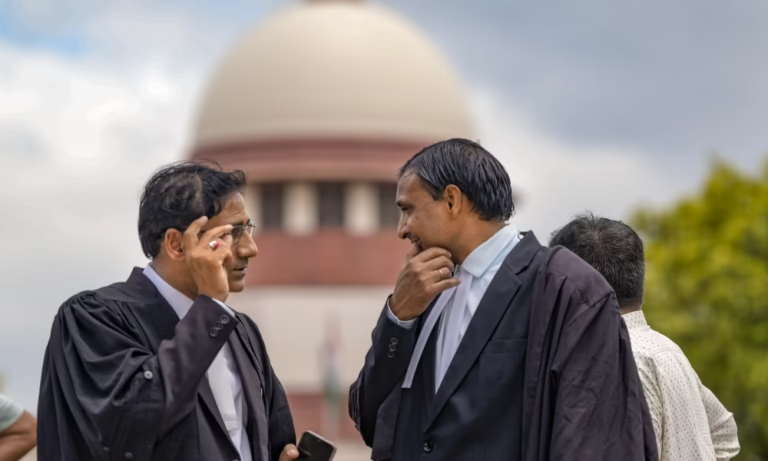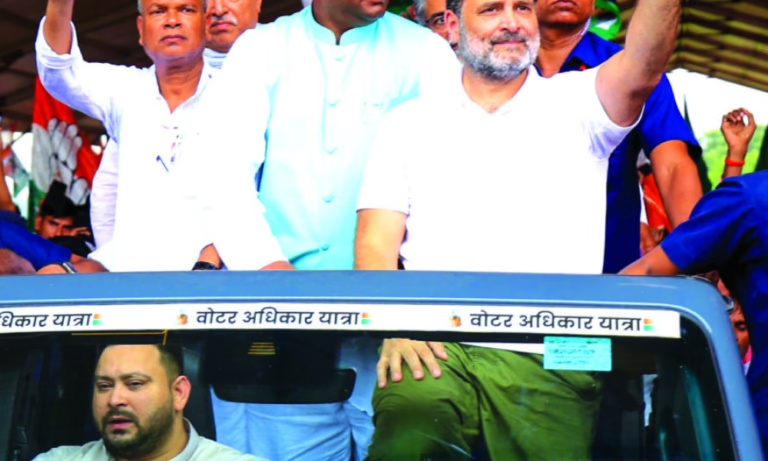India Ram Mandir: know Sri Ram And Ayodhya

"Ayodhya's Eternal Resonance: Sri Ram, The Divine Prince of Peace"
Ayodhya. It is a place that transcends time, echoing with the whispers of an epic saga that has shaped the cultural and spiritual identity of millions for centuries.

Ayodhya: The Abode of Lord Rama:
Ayodhya, often referred to as the “City of God,” is steeped in the rich tapestry of Hindu mythology. According to ancient scriptures, it is the birthplace of Lord Rama, the seventh avatar of Lord Vishnu.

Ayodhya’s Pilgrimage Heritage:
Ayodhya has been a pilgrimage destination for devotees seeking to connect with the divine essence of Lord Rama. The city is adorned with temples, ghats, and sacred sites associated with key events from the Ramayana, creating a spiritual ambiance that captivates the soul.
The Ayodhya Dispute: A Journey to Resolution:
The historical and cultural significance of Ayodhya came into the limelight due to the Ayodhya dispute surrounding the Babri Masjid. After decades of legal battles and socio-political tensions, the Supreme Court’s landmark verdict in 2019 paved the way for the construction of the Sri Ram Temple, bringing a sense of closure and unity.
Sri Ram Temple: A Symbol of Harmony:
The construction of the Sri Ram Temple in Ayodhya is a monumental chapter in the city’s history. The temple, envisioned as a sublime architectural marvel, is not just a physical structure but a symbol of cultural unity, religious harmony, and a testament to the enduring legacy of Lord Rama.
The Ramayana and The Ram Charitmanas
The Ramayana: An Epic for the Ages:
The Ramayana, a literary masterpiece attributed to the sage Valmiki, narrates the life and adventures of Lord Rama. The epic explores themes of duty, love, sacrifice, and the triumph of good over evil. Ayodhya serves as the backdrop for the early years of Rama’s life, his exile, and eventual return as a king.
“Ramcharitmanas: A Spiritual Odyssey Through the Divine Lyrical Epic”
In the heart of Indian literature and spirituality, there exists a timeless masterpiece that transcends the boundaries of time and space – the Ramcharitmanas. Authored by the revered saint-poet Goswami Tulsidas, this epic retelling of the Ramayana in the form of devotional poetry holds a special place in the hearts of millions.
1. Bal Kand (Childhood Book):
The Bal Kand primarily focuses on the early life of Lord Rama, from his birth to his marriage with Sita. It delves into the divine origin of Rama, his childhood exploits, and the events leading to his marriage, including the breaking of Lord Shiva’s bow.
2. Ayodhya Kand (Ayodhya Book):
Ayodhya Kand narrates the circumstances that lead to Lord Rama’s exile to the forest, following the coronation of his younger brother Bharata. It explores the grief of King Dasharatha, the selflessness of Rama, and the foundation for his journey into the wilderness.
3. Aranya Kand (Forest Book):
Aranya Kand details Lord Rama’s life during his exile in the Dandaka forest. It introduces key characters like Shurpanakha, the demoness, and the abduction of Sita by Ravana’s demon emissary, Maricha. The book highlights Rama’s encounters with various sages and demons during his forest sojourn.
4. Kishkindha Kand (Kishkindha Book):
In Kishkindha Kand, Lord Rama meets Hanuman and forms an alliance with Sugriva, the monkey king. Together with the monkey army, they set out to search for Sita. This book showcases the loyalty of Hanuman, his devotion to Lord Rama, and the establishment of a friendship that plays a crucial role in the later parts of the epic.
5. Sundar Kand (Beautiful Book):
Sundar Kand is dedicated to the beauty of Hanuman’s devotion and the search for Sita in the Ashoka Vatika. Hanuman’s leap across the ocean, his encounters with demons, and his meeting with Sita form the central themes of this book. It is a celebration of Hanuman’s unwavering faith and the resilience of good against evil.
6. Lanka Kand (Lanka Book):
Lanka Kand unfolds the events leading to the epic battle between Lord Rama and Ravana, the demon king of Lanka. It includes the construction of the bridge (Setu Bandhan) by the monkey army, the fierce battles fought, and the ultimate confrontation between Rama and Ravana.
7. Uttar Kand (Epilogue Book):
Uttar Kand serves as the epilogue, concluding the narrative of Ramcharitmanas. It covers Rama’s triumphant return to Ayodhya, his reunion with Sita, and the episode of her Agni Pariksha (trial by fire). The book also explores the exile of Sita and the birth of Rama’s sons, Lava and Kusha.


